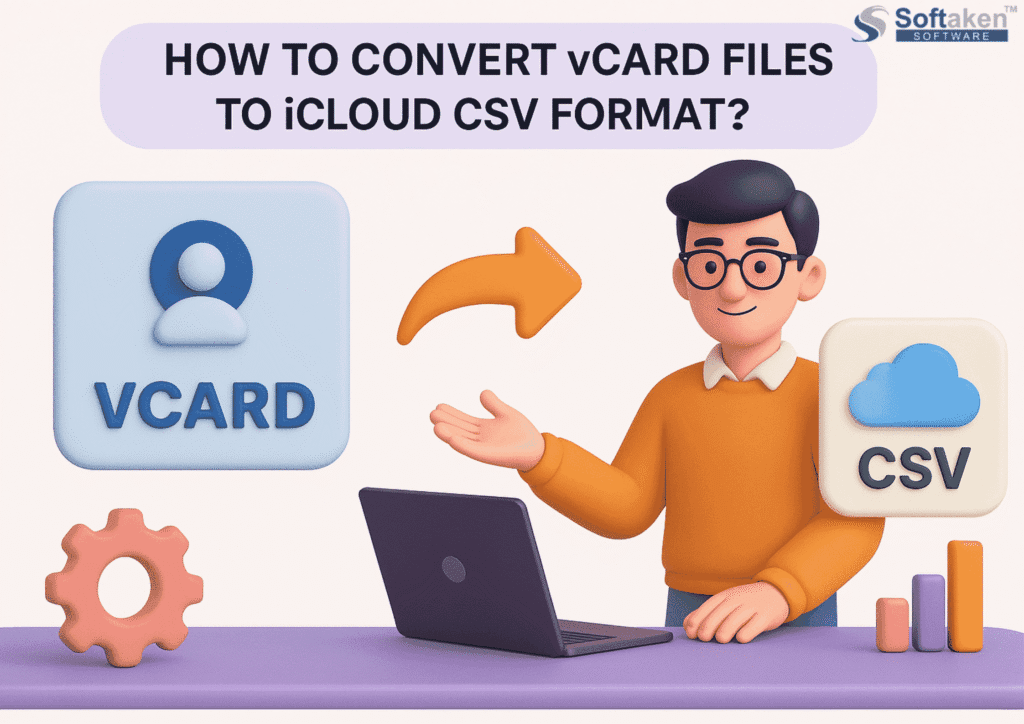
OpenSea is a popular NFT marketplace that allows users to buy, sell, and discover non-fungible tokens (NFTs) across multiple blockchain networks. OpenSea’s platform offers a wide range of features and tools for NFT creators, collectors, and traders, including an easy-to-use interface, customizable storefronts, and advanced search and filtering capabilities.
An OpenSea clone is a website or platform that is designed to function similarly to the OpenSea marketplace. A clone is typically built using the same or similar technologies and features and may also offer additional features and functionalities that are not available on the original platform.
The purpose of creating an OpenSea clone is to provide an alternative platform for users who want to buy and sell NFTs but prefer a different user interface or feature set. It can also help to decentralize the NFT marketplace and provide more options for NFT creators and collectors to participate in the NFT economy.
Features to Consider When Designing a Custom Opensea Clone
Designing a custom OpenSea clone requires careful consideration of various features and functionalities to ensure that the platform meets the needs of its users. Here are some of the essential features to consider when building an OpenSea clone:
User-Friendly Interface
A user-friendly interface is critical to the success of any NFT marketplace. It should be intuitive and easy to use, allowing users to browse, buy, and sell NFTs quickly and efficiently.
Multiple Blockchain Support
To increase the user base and accommodate different cryptocurrencies, supporting multiple blockchains is essential. This feature will allow users to buy and sell NFTs using different blockchain networks, such as Ethereum, Binance Smart Chain, and Polkadot.
Customizable Storefront
Customizable storefronts allow NFT creators to personalize their storefronts to showcase their unique collections. The storefront should include features like custom branding, layout, and visual elements that align with the creator’s brand.
Advanced Search and Filtering Capabilities
To help users find specific NFTs quickly, the platform should have advanced search and filtering capabilities. Users should be able to filter by price range, NFT type, artist, or category, among other search criteria.
Secure Payment Processing
Secure payment processing is essential to ensure that users’ transactions are safe and secure. Payment options like cryptocurrency payments, fiat payments, and credit card payments should be supported.
Advanced Analytics
Advanced analytics features can provide valuable insights into the performance of the platform, including sales data, user activity, and popular NFTs. This data can help inform decisions about platform improvements and marketing strategies.
Robust Admin Dashboard
A robust admin dashboard is essential to manage users, NFT listings, transactions, and other platform features effectively. It should include tools to manage user accounts, create and manage listings, and monitor transactions.
Overall, these features are essential for building a successful custom OpenSea clone. The platform should also be scalable and flexible enough to accommodate future updates and changes.
UI/UX Considerations for an Opensea Clone
UI/UX considerations are crucial when designing an Opensea clone.
Clean and Simple Interface
The user interface should be simple, intuitive, and easy to navigate, with clean design elements, legible fonts, and straightforward language.
Consistent Branding
Consistent branding across the platform helps to build trust with users and creates a professional look and feel. The branding should be consistent across all pages and elements, from the logo to the color scheme, typography, and visual elements.
Clear Navigation
The navigation should be clear, consistent, and easy to use.
Responsive Design
The platform should be designed to be responsive, meaning that it should be optimized for use on a range of devices, from desktops to mobile phones and tablets. This will ensure that the platform is accessible to users regardless of the device they are using.
Visual Hierarchy
Visual hierarchy is essential in UI/UX design, as it helps to guide users through the platform. Elements like color, typography, and layout should be used to create a visual hierarchy that makes it clear which elements are most important.
Consistent User Experience
Consistency is key in UI/UX design, as it helps to create a familiar and predictable experience for users. Consistency should be maintained across all pages and elements, from the layout to the language, imagery, and user flow.
Feedback and Error Handling
The platform should provide clear feedback to users when they take action, such as clicking a button or submitting a form. Error messages should be clear and specific, providing users with actionable steps to resolve the issue.
Overall, UI/UX considerations are critical when designing an Opensea clone.
Technologies Used in Developing an Opensea Clone
Developing an Opensea clone requires a combination of technologies that can enable the platform to function similarly to the original OpenSea marketplace. Here are some of the essential technologies that can be used to develop an Opensea clone:
Blockchain
The blockchain is the foundation of any NFT marketplace. It provides a decentralized and secure way to track ownership and transactions of NFTs. Ethereum is the most popular blockchain network for NFTs, but other blockchain networks like Binance Smart Chain and Polkadot can also be used.
Smart Contracts
Smart contracts are self-executing contracts with the terms of the agreement between buyers and sellers written directly into code. They help to ensure that transactions are secure, transparent, and efficient.
Web Development Frameworks
Web development frameworks like React, Angular, and Vue.js can be used to create the user interface of the Opensea clone. These frameworks provide tools and libraries to build responsive and dynamic web applications.
Backend Technologies
Backend technologies like Node.js, Python, and Ruby on Rails can be used to develop the server side of the Opensea clone. These technologies can help to create APIs, manage databases, and handle server-side logic.
Cloud Infrastructure
Cloud infrastructure providers like AWS, Google Cloud, and Microsoft Azure can be used to host and scale the Opensea clone. These providers offer cloud-based services that can help to optimize performance, security, and scalability.
Payment Processing Technologies
Payment processing technologies like Stripe, PayPal, and Coinbase Commerce can be integrated into the Opensea clone to handle transactions. These technologies provide secure and reliable payment processing for both cryptocurrency and fiat payments.
Data Analytics Tools
Data analytics tools like Google Analytics and Mixpanel can be used to track user behavior and monitor the performance of the Opensea clone. These tools can provide valuable insights into user engagement, retention, and conversion rates.
Overall, developing an Opensea clone requires a combination of technologies that can work together to provide a seamless and secure user experience. The choice of technologies will depend on the specific requirements and goals of the project.
Cost Estimation for Customizing an Opensea Clone
The cost of customizing an Opensea clone can vary depending on several factors, such as the scope of customization, features to be added, design elements, development team location, and time required to complete the project. Here are some factors to consider when estimating the cost of customizing an Opensea clone:
Customization Scope
The scope of customization will significantly affect the cost. For example, if you want to add unique features or modify the existing features of the Opensea clone, the cost will be higher.
Design Elements
The design elements of the Opensea clone will also affect the cost. Customizing the user interface, layout, graphics, and other design elements may require additional work, which will increase the overall cost.
Development Team Location
The location of the development team can also affect the cost. Hiring a development team from regions with lower labor costs may be cheaper than hiring a team from regions with higher labor costs.
Time Required
The time required to complete the project will also affect the cost. Customizing an Opensea clone may take several months to a year, depending on the complexity of the customization, which will increase the overall cost.
In general, the cost of customizing an Opensea clone can range from $50,000 to $200,000 or more, depending on the factors mentioned above. However, it’s important to note that the cost estimate can vary significantly based on the specific requirements of the project. Therefore, it’s recommended to consult with a development team to get a more accurate cost estimate based on your specific needs.
What Alternatives Are There to Developing an Opensea Clone?
Developing an Opensea clone from scratch can be a complex and time-consuming process. However, there are several alternatives to developing an Opensea clone that may be more suitable for some businesses or individuals. Here are some alternatives:
Using a White-Label NFT Marketplace
A white-label NFT marketplace is a pre-built solution that can be customized and branded to match the specific needs of a business. These marketplaces usually come with pre-built features, such as smart contract integration, payment processing, and user management. By using a white-label NFT marketplace, businesses can save time and money on development costs.
Integrating with an Existing NFT Marketplace
Instead of developing a new NFT marketplace, businesses can integrate with an existing NFT marketplace. OpenSea, Rarible, and SuperRare are some of the popular NFT marketplaces that offer APIs that can be integrated into existing platforms.
Using an NFT Aggregator
An NFT aggregator is a platform that aggregates NFTs from different marketplaces into one platform. By using an NFT aggregator, businesses can offer a wider range of NFTs to their users without having to build a new NFT marketplace.
Developing a Hybrid Solution
Businesses can also develop a hybrid solution that combines elements of an Opensea clone with other solutions. For example, a business can develop a custom front-end UI/UX that integrates with an existing NFT marketplace or use smart contract templates to create a new NFT marketplace.
Overall, there are several alternatives to developing an Opensea clone that businesses and individuals can consider depending on their specific needs and goals. It’s essential to evaluate the pros and cons of each alternative before deciding which one to choose.
Conclusion
Opensea has become a popular NFT marketplace that allows users to buy, sell, and discover NFTs. Developing an Opensea clone can be a complex and time-consuming process, but it can also be a valuable investment for businesses and individuals looking to create their own NFT marketplace.
When designing a custom Opensea clone, it’s essential to consider various factors such as customization scope, design elements, development team location, and the time required. Additionally, UI/UX considerations are crucial to ensure a user-friendly and engaging marketplace.
Tech content on this site may include contributed articles and partnerships with industry voices. Learn more in our Editorial Policy.




